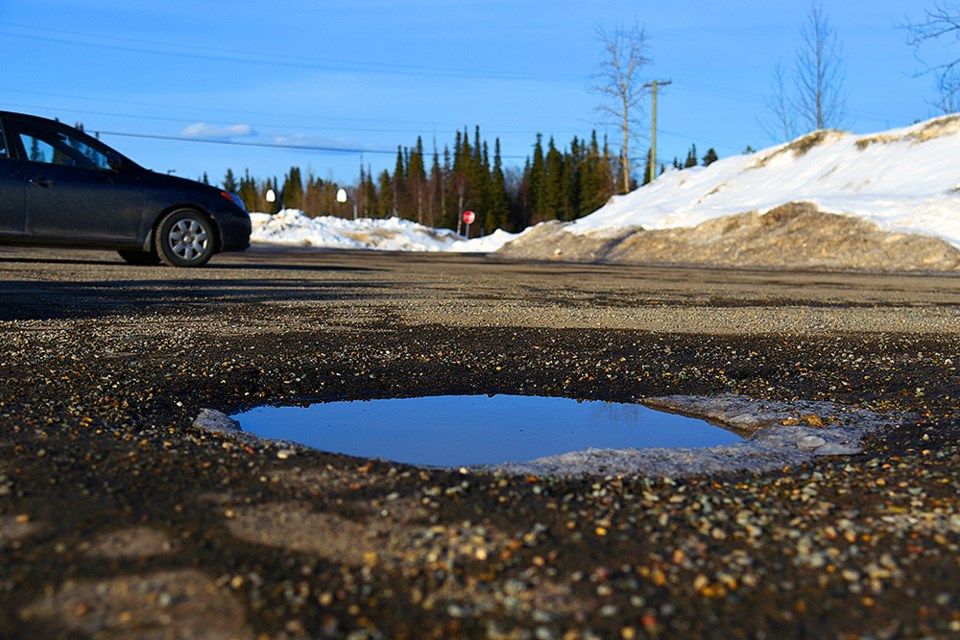With Spring hopefully in the near future, the City of Prince George is preparing roads for warmer temperatures.
Despite the recent cold snap and snow, road crews are currently working on removing remaining show piles, filling potholes and removing thick and rutted ice.
Because of the recent cold weather, crews were delayed starting the work by roughly two weeks.
"In order for road sweeping operations to begin in full, the large street-side snow piles and gutter ice that have accumulated throughout the winter must be reduced enough to assist natural melt rates, support sweeping and pothole patching operations, and reduce the chance of localized flooding," a city news release says.
City of Prince George spokesperson Michael Kellett says crews have also patched more than 500 potholes already this year while crews also work on resident requests for snow removal, blocked catch basins and other winter-related needs.
He adds crews responded to roughly 500 requests from city residents for snow and ice removal last month (March) alone.
Operations currently underway include:
- Road widening, ditch maintenance, and exposing drainage catch basins in curb and gutter areas to accommodate upcoming snowmelt
- Removing excess snow from areas prone to localized flooding and puddles
- Exposing and removing snow and ice from curb and gutter areas to expedite sweeping operations
- Gravel road grading
- Vegetation control (trimming trees and bushes back from road right-of-ways)
These late winter and early Spring operations have several benefits for residents:
- Road line and pedestrian marker painting can occur earlier in the year
- Sweeping operations remove dust as well as sand and gravel, thus improving air quality
- Reducing the likelihood of municipal road, laneway, and private property flooding









